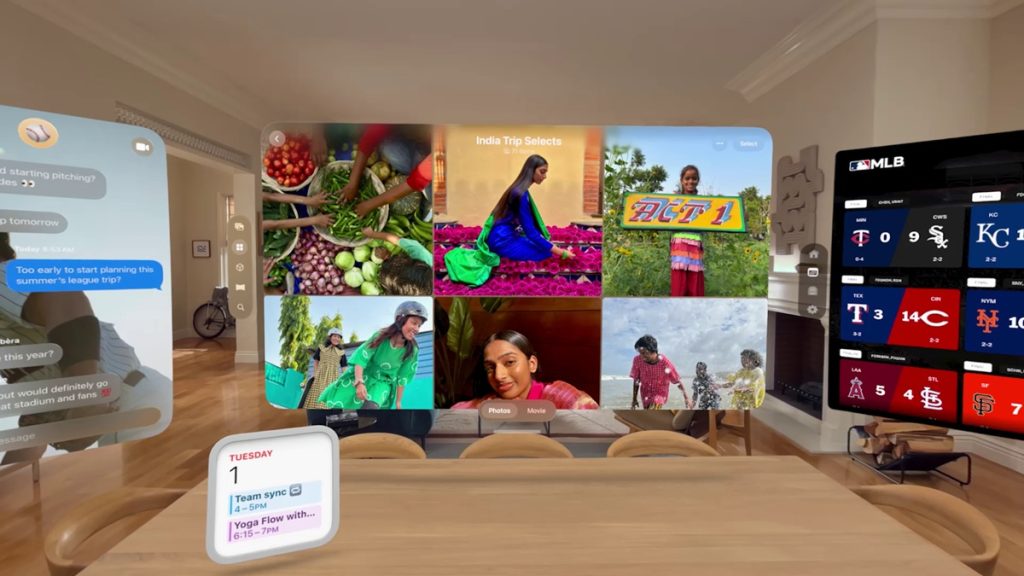
Apple previewed visionOS 26 at WWDC 2025, a major update designed to enhance spatial experiences and add new capabilities to Apple Vision Pro.
visionOS 26
visionOS 26 elevates Apple Vision Pro with spatial widgets that blend naturally into 3D spaces, lifelike photo depth powered by generative AI, and more realistic Personas created using advanced rendering and machine learning. The update also adds support for PlayStation VR2 Sense controllers, new enterprise tools, and expanded language options.
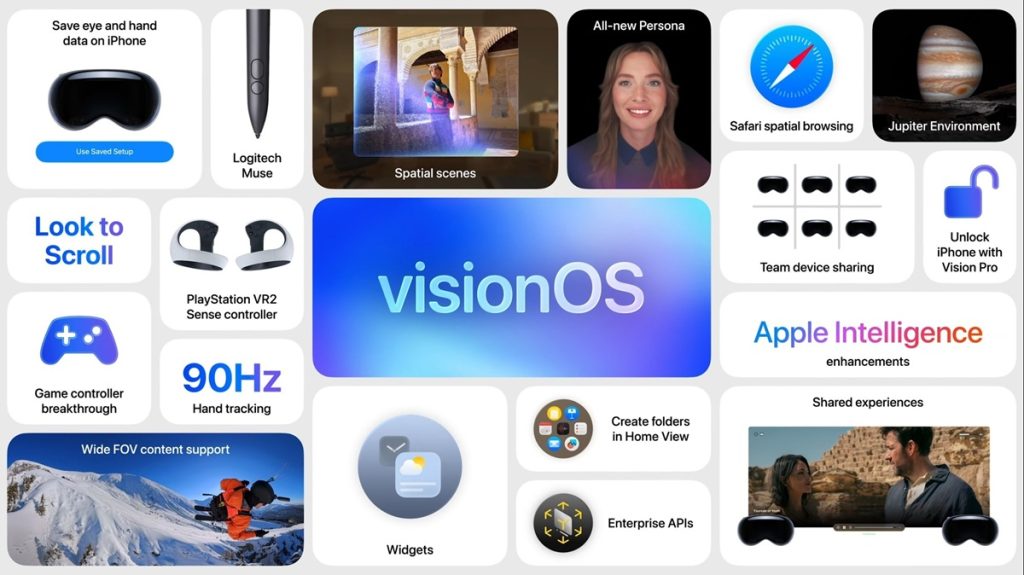
Users can share immersive experiences—such as movies, games, or FaceTime collaboration—locally or remotely with enhanced tools. Apple highlights that visionOS 26 delivers more natural, connected spatial experiences by leveraging AI, spatial computing, and new hardware capabilities.
Spatial Widgets
Widgets in visionOS 26 are integrated into the user’s space and reappear whenever Apple Vision Pro is used. These include Clock, Weather, Music, and Photos, each offering interactive features. Widgets are customizable and can be placed throughout the environment. Developers can also create custom widgets using WidgetKit.
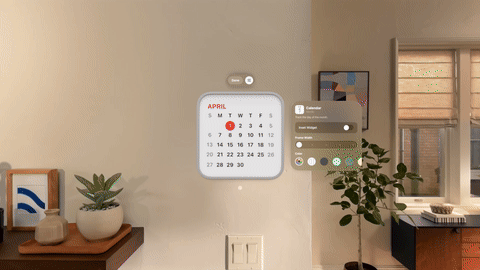
Shared Spatial Experiences
visionOS 26 enables shared spatial experiences in both local and remote settings. Dassault Systèmes, for example, uses this feature in its 3DLive app to help teams view and collaborate on 3D designs from different locations.
Enhanced Personas
Personas are now more expressive and natural-looking, with improved detail in hair, facial features, and side profiles. Users can quickly create a Persona on the device and make adjustments, including selecting from over 1,000 eyewear styles.

Spatial Scenes with Generative AI
visionOS 26 uses generative AI to add depth and multi-angle views to photos, explorable in apps like Photos, Safari, and Spatial Gallery, while Zillow Immersive enhances property listings with richer depth and perspectives.
Browsing and Media Enhancements
Safari now offers a spatial browsing mode that minimizes distractions and brings 3D elements into view as users scroll through content. Web developers can embed interactive 3D models directly into websites, allowing users to view and interact with objects in a more lifelike way.

The update also adds native support for wide-angle, 180-degree, and 360-degree video formats from brands like Insta360, GoPro, and Canon, enabling immersive video playback on Vision Pro.
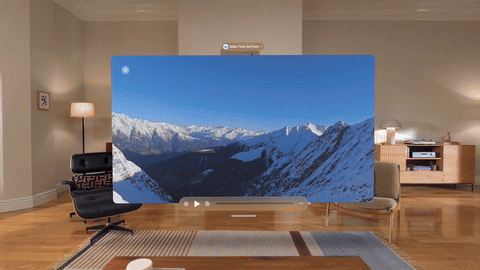
PlayStation VR2 Sense Controller Support
The update adds compatibility with PlayStation VR2 Sense controllers, enabling advanced motion tracking, finger touch detection, and vibration for a more responsive gaming experience.
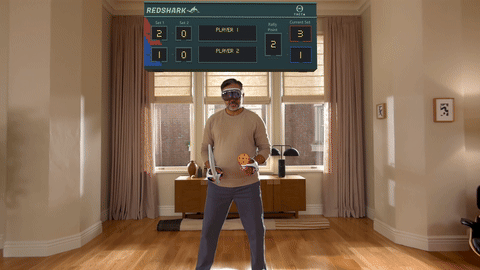
Enterprise Tools and APIs
visionOS 26 introduces enterprise-focused features such as team device sharing and cross-device profile syncing. Users can save vision-related settings to their iPhone and apply them on other Vision Pro devices.

Support for Logitech Muse, a spatial input device, is also included for improved collaboration. The new Protected Content API helps businesses restrict access to sensitive content and prevent sharing or screenshots.
Additional Updates
- Apple Intelligence: Expanded features including new tools in Image Playground.
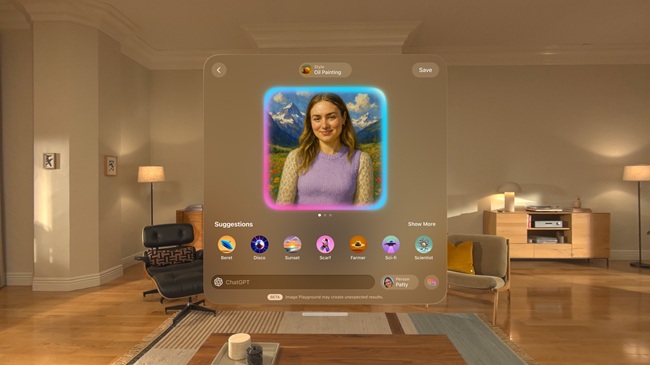
- Language Support: Adds French, German, Italian, Japanese, Korean, Spanish, and regional English variants (Australia, Canada, India, Singapore, UK).
- Look to Scroll: Enables scrolling through eye tracking, featuring customizable options.
- Control Center: Redesigned for quicker access to settings like Guest User and Travel Mode.
- iPhone Integration: Unlock and take calls from your iPhone directly on Vision Pro.
- Home View: Now supports folders to better organize apps.
- Accessibility: New tools like Live Recognition, zoom features, and improved typing.
- Hand Tracking: Supports up to 90Hz for smoother interactions in games and applications.
Availability
visionOS 26 is now available for developers through the Apple Developer Program, with a stable update rolling out this fall. Apple Intelligence features require supported hardware, specific language settings, and regional availability. Certain features may not be accessible in all regions due to hardware compatibility, software needs, or local regulations, according to Apple.
